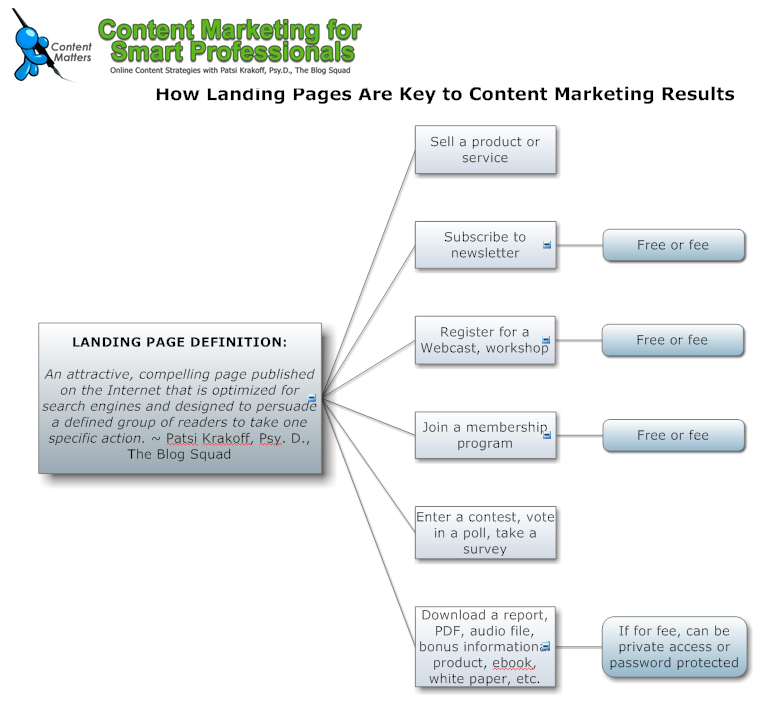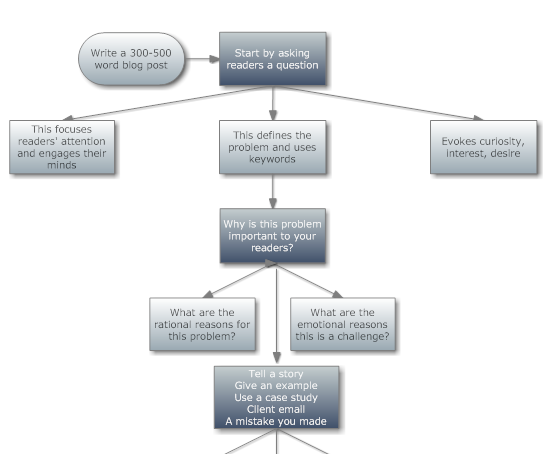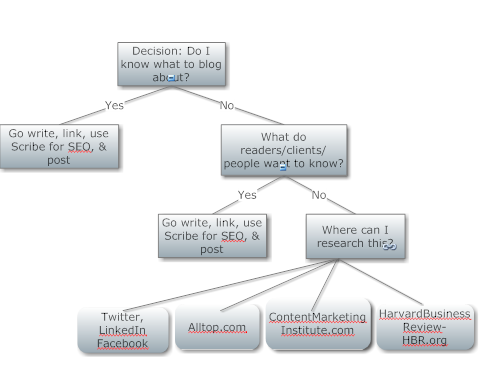 If you’re writing for your business, how much of yourself should you include? Everyone agrees that blogs are a place to have a conversation. How personal should you be? How do you keep the YOU in Business Blogging and still make it work for business?
If you’re writing for your business, how much of yourself should you include? Everyone agrees that blogs are a place to have a conversation. How personal should you be? How do you keep the YOU in Business Blogging and still make it work for business?
There’s an ongoing trend to be personal with business communications. Rohit Bhargava’s written a whole book about it, filled with examples of how companies are successfully using personalities to market their business products and services: Personality Not Included.
I get updates from a professional who writes about arguments with her husband. I can’t help myself, I’m drawn into reading the damn things. And sure, she’s promoting a program…And there’s only a loose tie between the story, the husband, and the program she’s promoting!
But she tells the story so well, you don’t care! I can’t stop myself from reading her blog and newsletters. Why? As a psychologist, I can tell you why:
We’re hard wired to connect with others, especially about family stories, and we all relate to each others’ predicaments.
So, the dilemma remains: how do you do this successfully without embarrassing yourself – or worse – incurring the wrath of a family member? Read More→
















